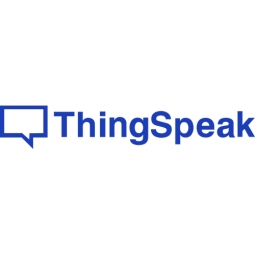The aim of the project is to build an open-source powerful Human-Computer emotion analyzer platform for research in the field of smartfying Indian general stores. Various deep learning and computer vision algorithms are being implemented on the IoT hardware including person tracking, gesture control using human pose estimation, and depth estimation using monocular vision. The device will capture customer movement & regulate the surrounding environment of the store like lighting, air-conditioning & data will be further transferred to ThingSpeaks, Google cloud for real-time visualization. It is a project that aims towards smartifying department stores, by monitoring air conditions and customer behaviour, of course while respecting their integrity. The smart store device can be installed in multiple sections in the store and once installed, data about air conditions and customer movement activity will be transmitted to the sigfox network and further on to ThingSpeaks and google cloud for real-time visualisation. Estimated time: 1Week
Table of Contents
- Smart Store
| Component | Task | Price | Link |
|---|---|---|---|
| Arduino, exp-board & antenna | To power sensors and communicate with the sigfox backend | ~₹375 | here |
| Breadboard | To help us connect our sensors to the lopy4 | ~₹65 | here |
| BME680 Air Quality Sensor | Monitor Air Conditions | ~₹1400 | here |
| HC-SR501 PIR Movement Detection | To help us connect our sensors to the Arduino Uno | ~₹500 | here |
| Resistor bundle with 1 Resistor 220 Ohms 1% | To power our led when movement is detected (Mostly for debugging purposes, thus not really necessary) | ~₹450 | here |
| IoT Thing | Link |
|---|---|
| Sigfox-backend Account | Here |
| ThingSpeaks account | Here |
| Google Cloud console | Here |
| Google Cloud functions | Here |
| Google Cloud pubsub | Here |
| Google Cloud bigquery | Here |
-
Chosen IDE VSCode
-
How the code is uploaded From VSCode with the PyMakr-plugin though a micro usb cable connected to the Arduino expantion board
-
Steps that you needed to do for your computer. Installation of Node.js, extra drivers, etc.
- Update device firmware, more about that here.
- Create a project folder and open it with vscode.
- Upload some example code e.g. RGB LED to test connectivity
- Circuit diagram (can be hand drawn)






